The Fight for Equal Pay in Women’s Sports
The battle for equal pay in women’s sports is not new, but it has gained significant momentum in recent years. High-profile athletes like Megan Rapinoe and Serena Williams have used their platforms to demand fairness, inspiring millions. The Equal Pay for Women Athletes Pay Us What You Owe Us Shirt embodies this movement, turning activism into wearable advocacy.




The Historical Disparity in Sports Compensation
Women athletes have long faced systemic pay gaps compared to their male counterparts. Despite achieving similar—or even greater—success, female competitors often earn fractions of what men do.
For example, the U.S. Women’s National Soccer Team (USWNT) won multiple World Cups while fighting for equal pay, yet their male counterparts earned significantly more for lesser achievements.
This disparity extends beyond soccer into tennis, basketball, and other sports, proving that institutional bias remains deeply rooted.
How the Pay Us What You Owe Us Shirt Amplifies Voices
The Equal Pay for Women Athletes Pay Us What You Owe Us Shirt is more than clothing—it’s a statement. By wearing it, fans and athletes alike declare solidarity with the cause, sparking conversations and pressuring organizations to change.
Celebrities and influencers have also adopted the shirt, further amplifying its message across social media and public events.
This visibility forces sponsors, leagues, and governing bodies to confront the issue head-on.
Comparing Global Progress in Women’s Sports Pay
Some countries have made strides in closing the pay gap, while others lag behind.
| Country | Sport | Pay Gap Status |
|---|---|---|
| USA | Soccer | Partial progress |
| Australia | Cricket | Near equality |
| UK | Tennis | Significant disparity |
These differences highlight both progress and persistent challenges in achieving true equity.
How to Use the Equal Pay for Women Athletes Shirt for Advocacy
The Equal Pay for Women Athletes Pay Us What You Owe Us Shirt isn’t just for athletes—anyone can use it to support the movement. Here’s how.
Wearing the Shirt at Sporting Events
Attending a game? Wear the shirt to show solidarity. It sparks discussions among fellow fans and puts pressure on organizations to address pay inequality.
Large gatherings amplify the message, making it harder for institutions to ignore the demand for fairness.
Social Media Campaigns with the Shirt
Posting a photo with the hashtag
Social media is a powerful tool for raising awareness and holding decision-makers accountable.
Tagging sports leagues and sponsors increases visibility, urging them to take action.
Gifting the Shirt to Allies and Influencers
Spread the message by gifting the shirt to friends, family, or public figures. When influencers wear it, they bring the issue to broader audiences.
This grassroots approach helps normalize the conversation around equal pay in sports.
Why Equal Pay for Women Athletes Benefits Everyone
Fair compensation for female athletes isn’t just about justice—it’s about progress for all.
Economic Impact of Closing the Pay Gap
When women athletes earn fairly, it boosts entire industries. More investment in women’s leagues leads to better facilities, marketing, and opportunities for future generations.
Sponsors benefit from increased engagement, while fans enjoy higher-quality competitions.
Inspiring the Next Generation of Athletes
Young girls need role models who are valued equally. Equal pay sends a message that their dreams are worth pursuing without financial limitations.
This empowerment fosters greater participation in sports, enriching communities and talent pools.
Challenging Gender Stereotypes in Sports
Fair pay dismantles outdated notions that women’s sports are less entertaining or valuable. It forces society to recognize skill and dedication regardless of gender.
Breaking these stereotypes benefits not just athletes but cultural perceptions of gender roles.
Conclusion
The Equal Pay for Women Athletes Pay Us What You Owe Us Shirt symbolizes a critical fight for fairness in sports. From historical disparities to modern advocacy, this movement demands change that benefits athletes, fans, and society as a whole. By supporting it, we take a stand for equity and progress in athletics and beyond. `
Be the first to review “Equal Pay for Women Athletes Pay Us What You Owe Us Shirt” Cancel reply
Related products
New Arrivals
New Arrivals
New Arrivals
New Arrivals
New Arrivals
New Arrivals
New Arrivals
New Arrivals

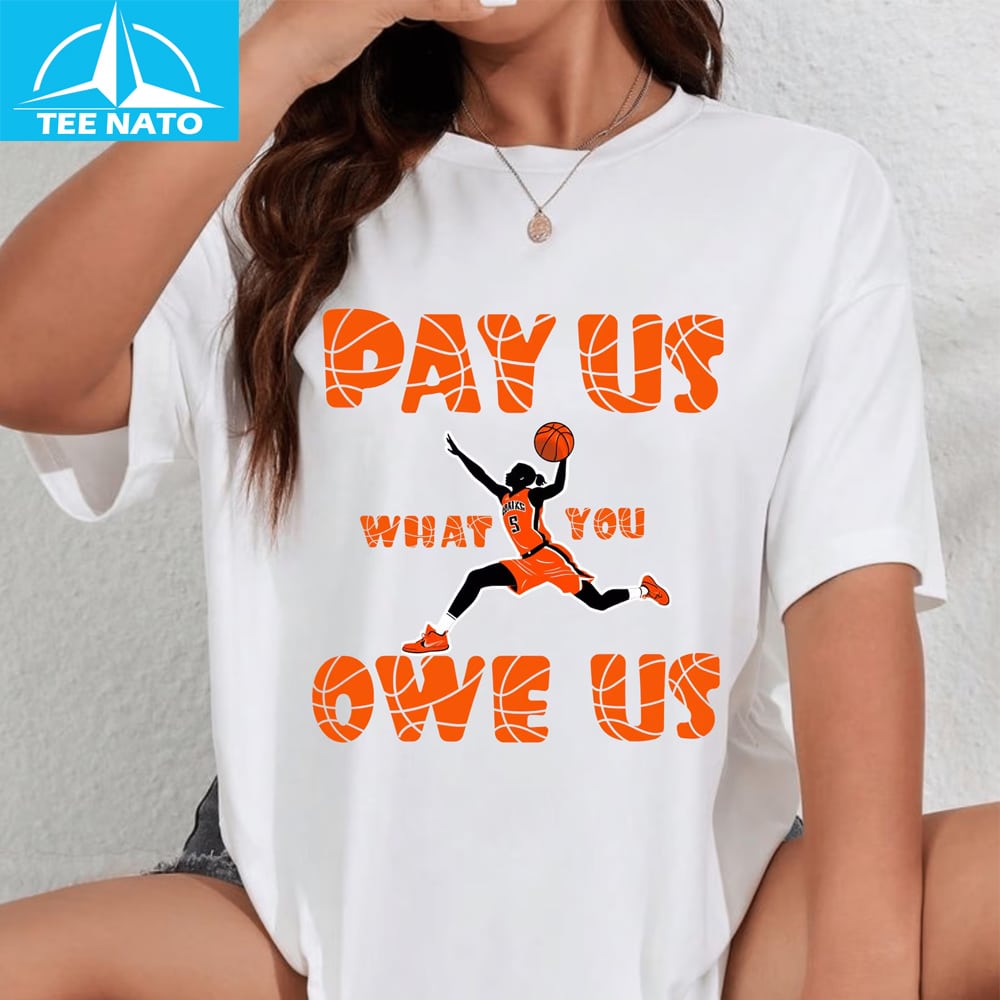
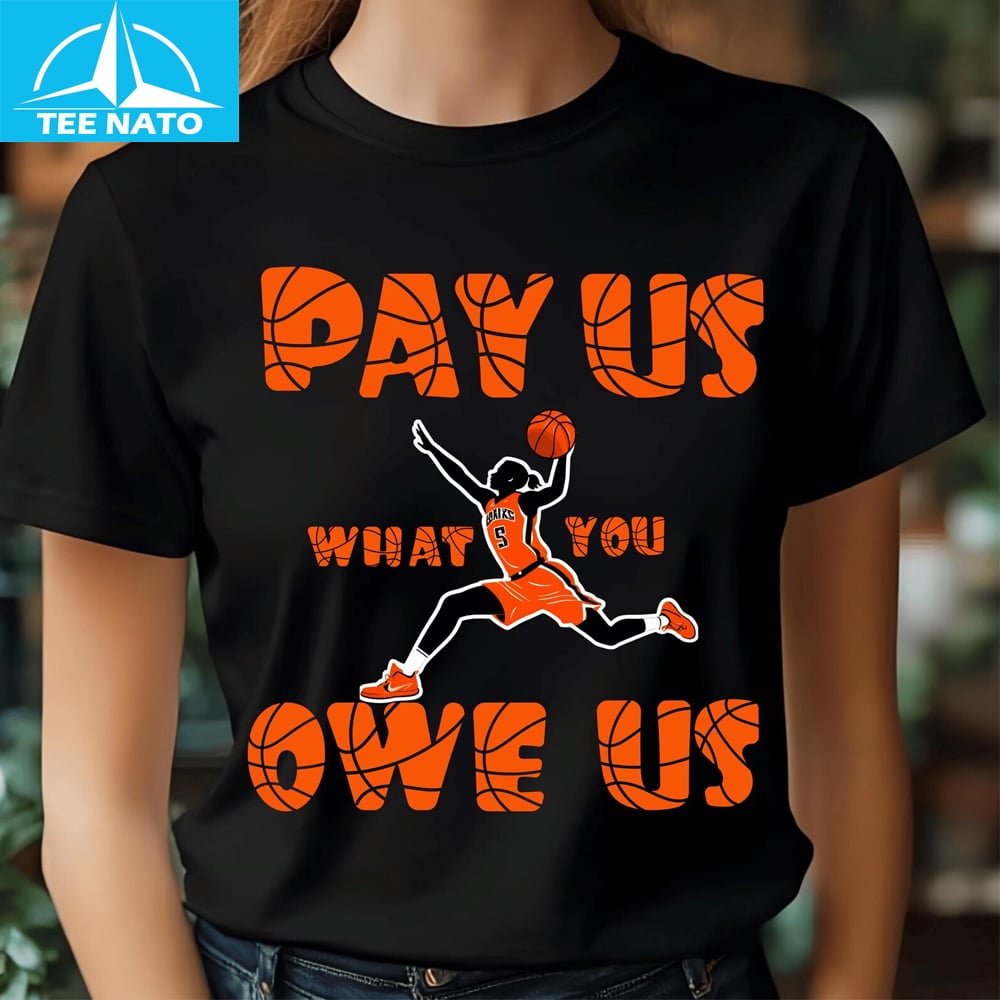
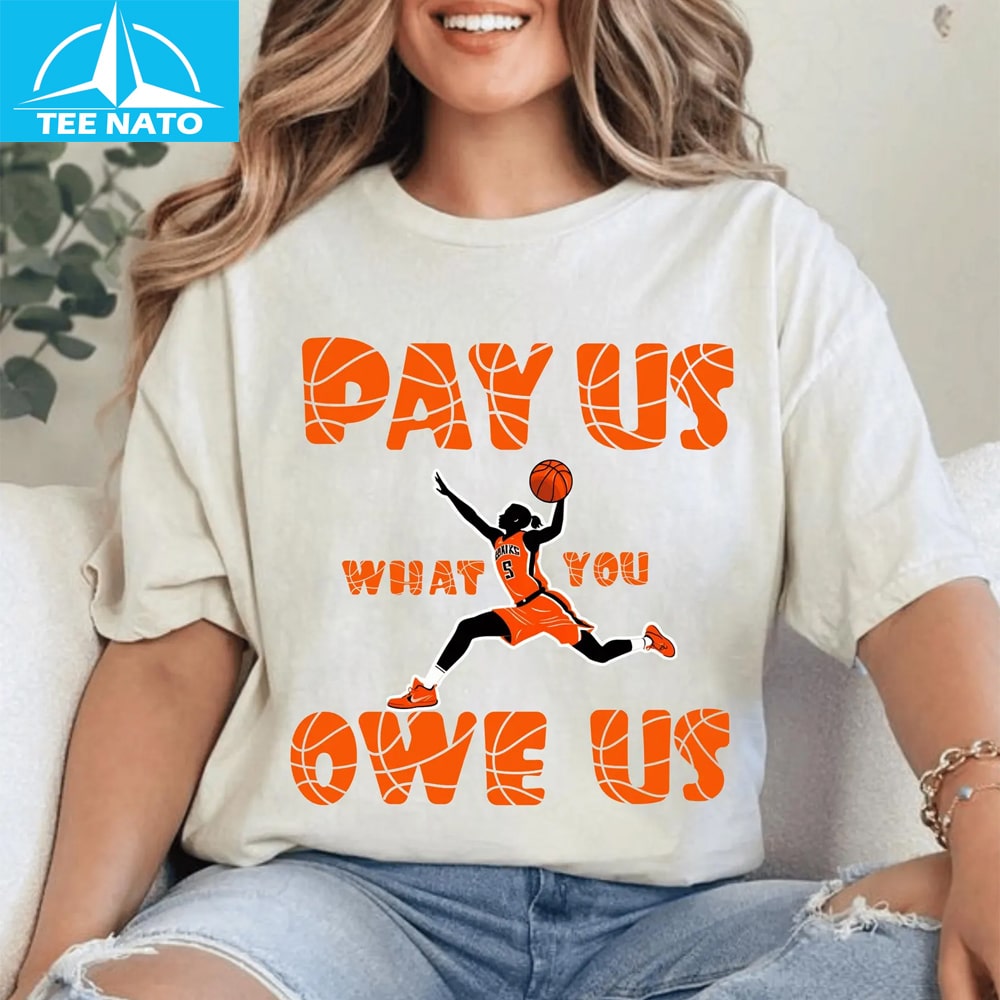
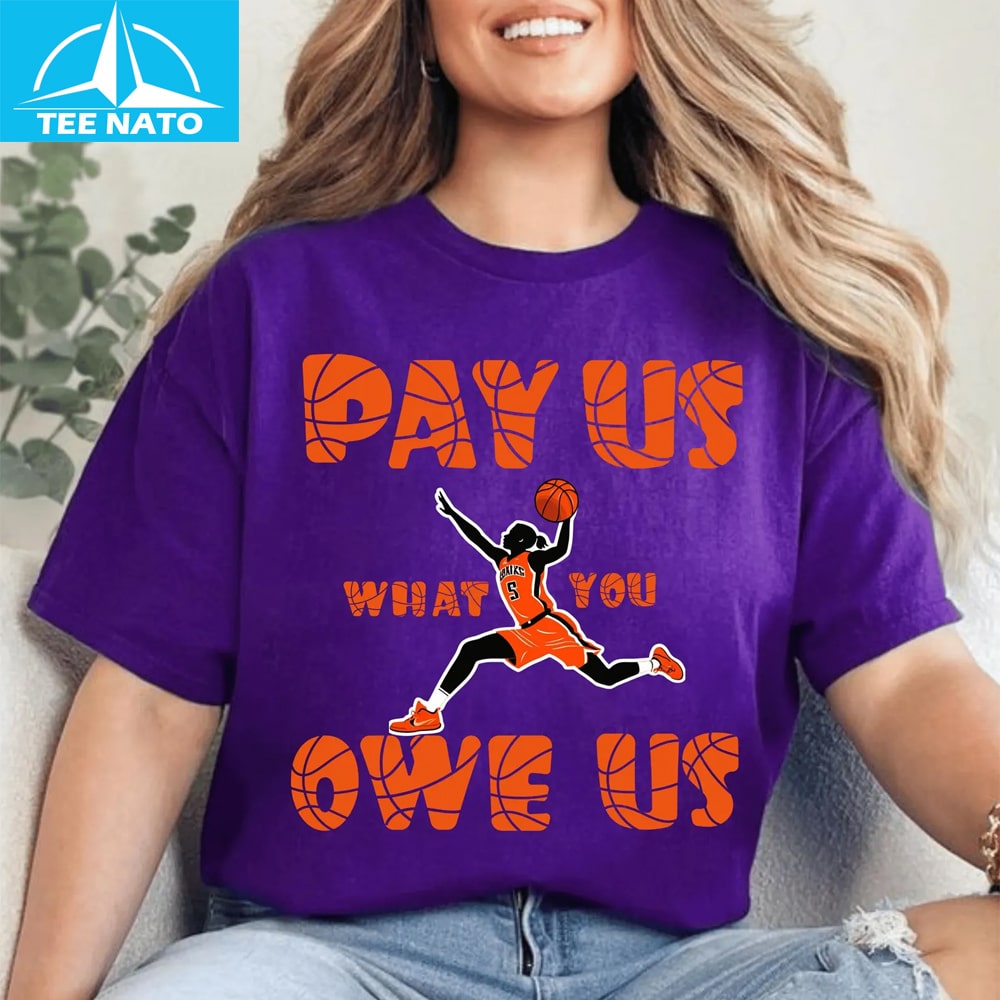
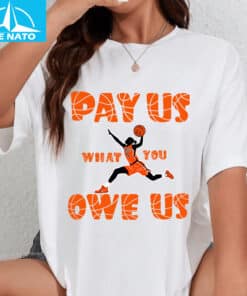
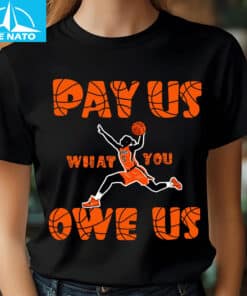
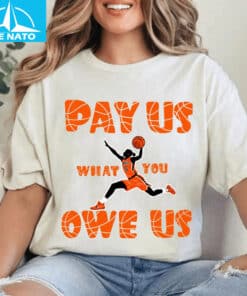
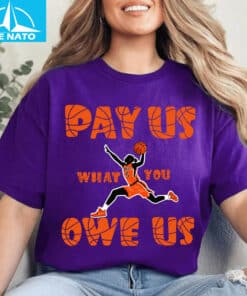


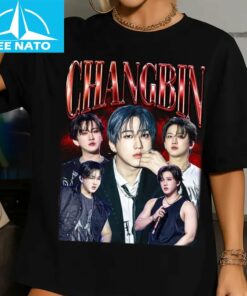
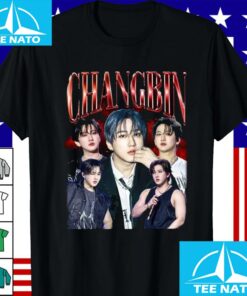



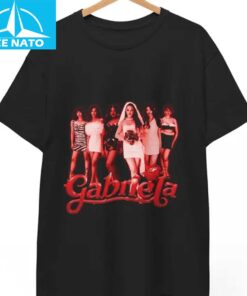

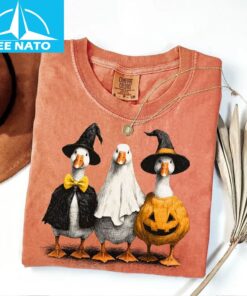

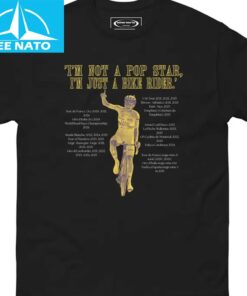
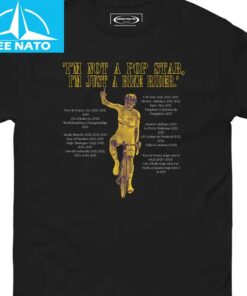













Reviews
There are no reviews yet.